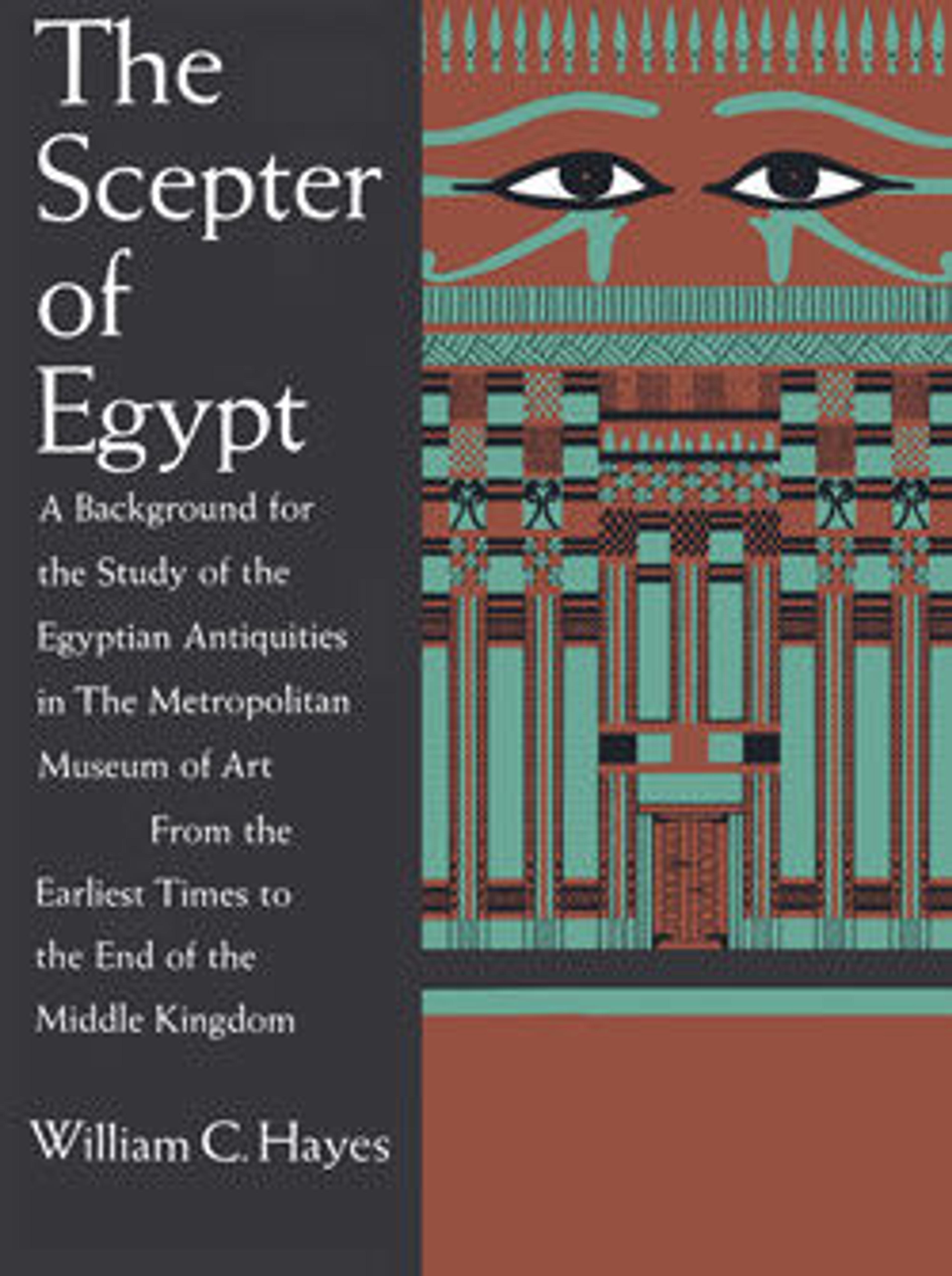Female Figure
Female figures of this type, often found with burials especially of the Middle Kingdom, were in the past called "concubines." Nowadays they are understood in a more general sense as representations of the life-giving female powers of sexual attraction and giving birth, powers from which the dead could derive a new life. As is the case for most representatives of the type, this faience figure lacks the lower legs and has elaborate tattoos all over its body. The figure also wears a girdle of cowrie shell shaped beads and a long bead necklace crossed over the chest. The hair is arranged in the so-called "Hathor" style–two thick tresses with curled ends falling forward over the shoulders.
Artwork Details
- Title:Female Figure
- Period:Middle Kingdom
- Dynasty:Late Dynasty 12–early Dynasty 13
- Date:ca. 1850–1750 B.C.
- Geography:From Egypt, Memphite Region, Lisht North, cemetery east of the tomb of Senwosret (758), Pit 752, MMA excavations, 1906–07
- Medium:Faience, paint
- Dimensions:H. 12.7 cm (5 in.)
- Credit Line:Rogers Fund, 1908
- Object Number:08.200.18
- Curatorial Department: Egyptian Art
More Artwork
Research Resources
The Met provides unparalleled resources for research and welcomes an international community of students and scholars. The Met's Open Access API is where creators and researchers can connect to the The Met collection. Open Access data and public domain images are available for unrestricted commercial and noncommercial use without permission or fee.
To request images under copyright and other restrictions, please use this Image Request form.
Feedback
We continue to research and examine historical and cultural context for objects in The Met collection. If you have comments or questions about this object record, please contact us using the form below. The Museum looks forward to receiving your comments.
